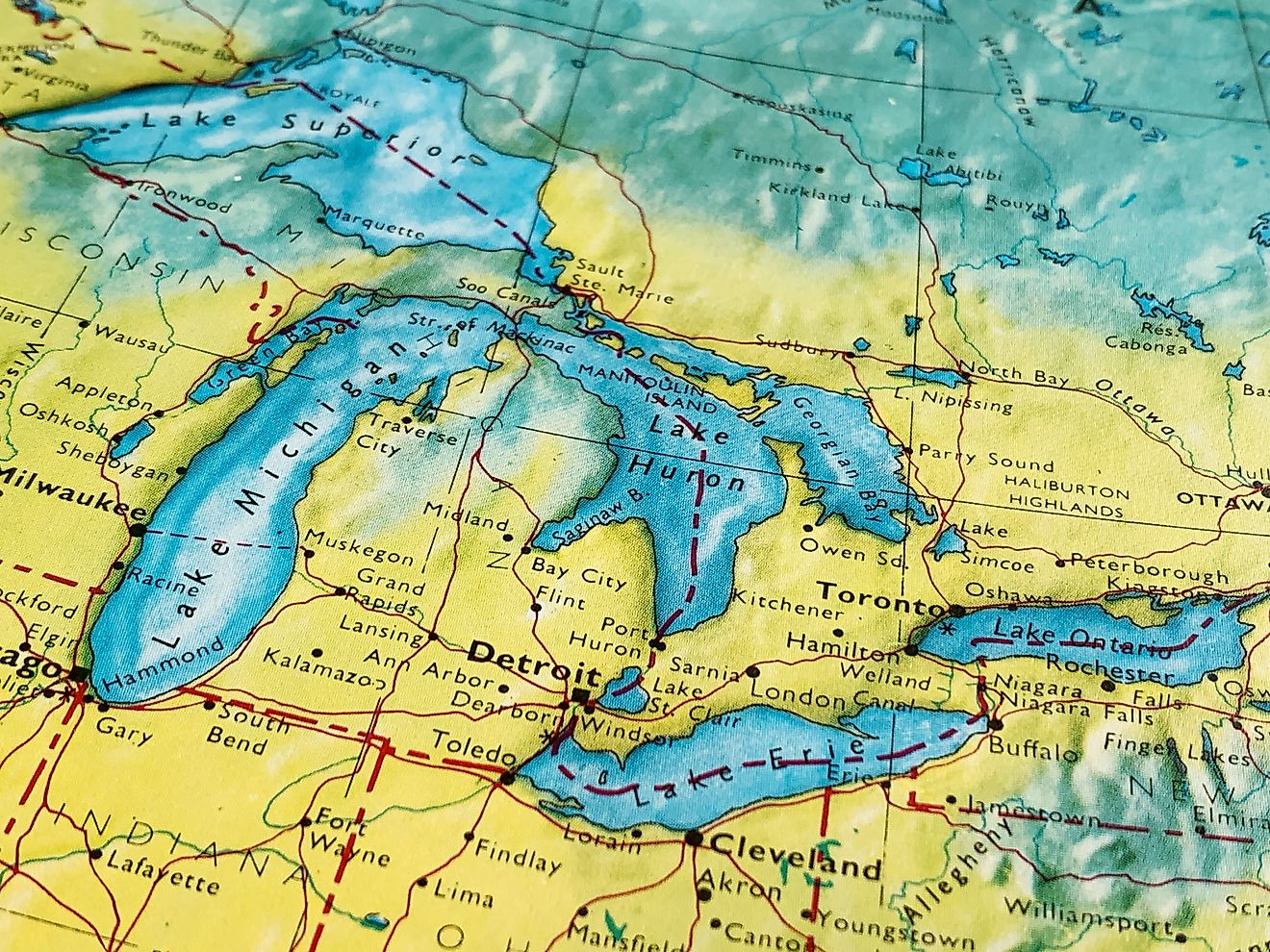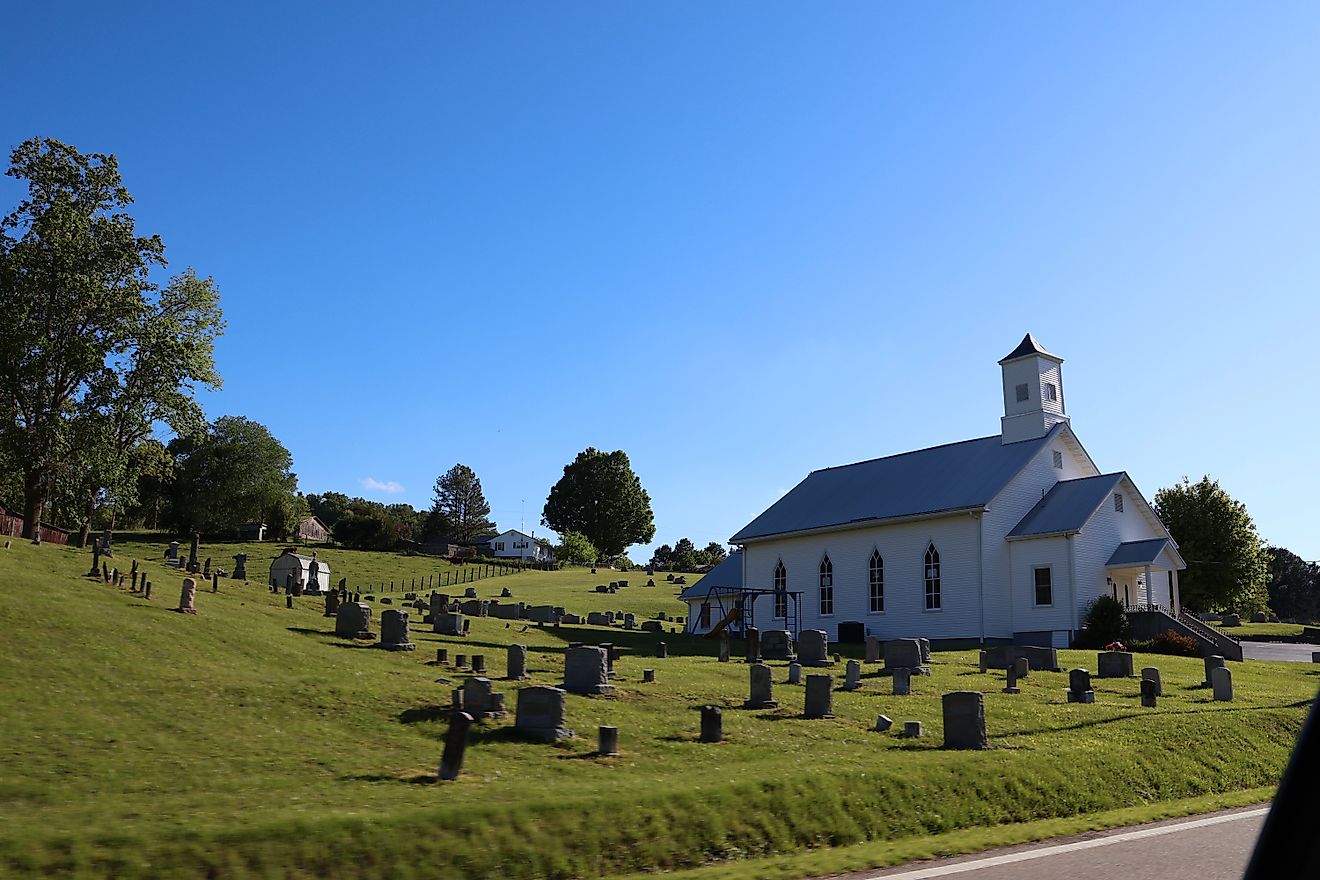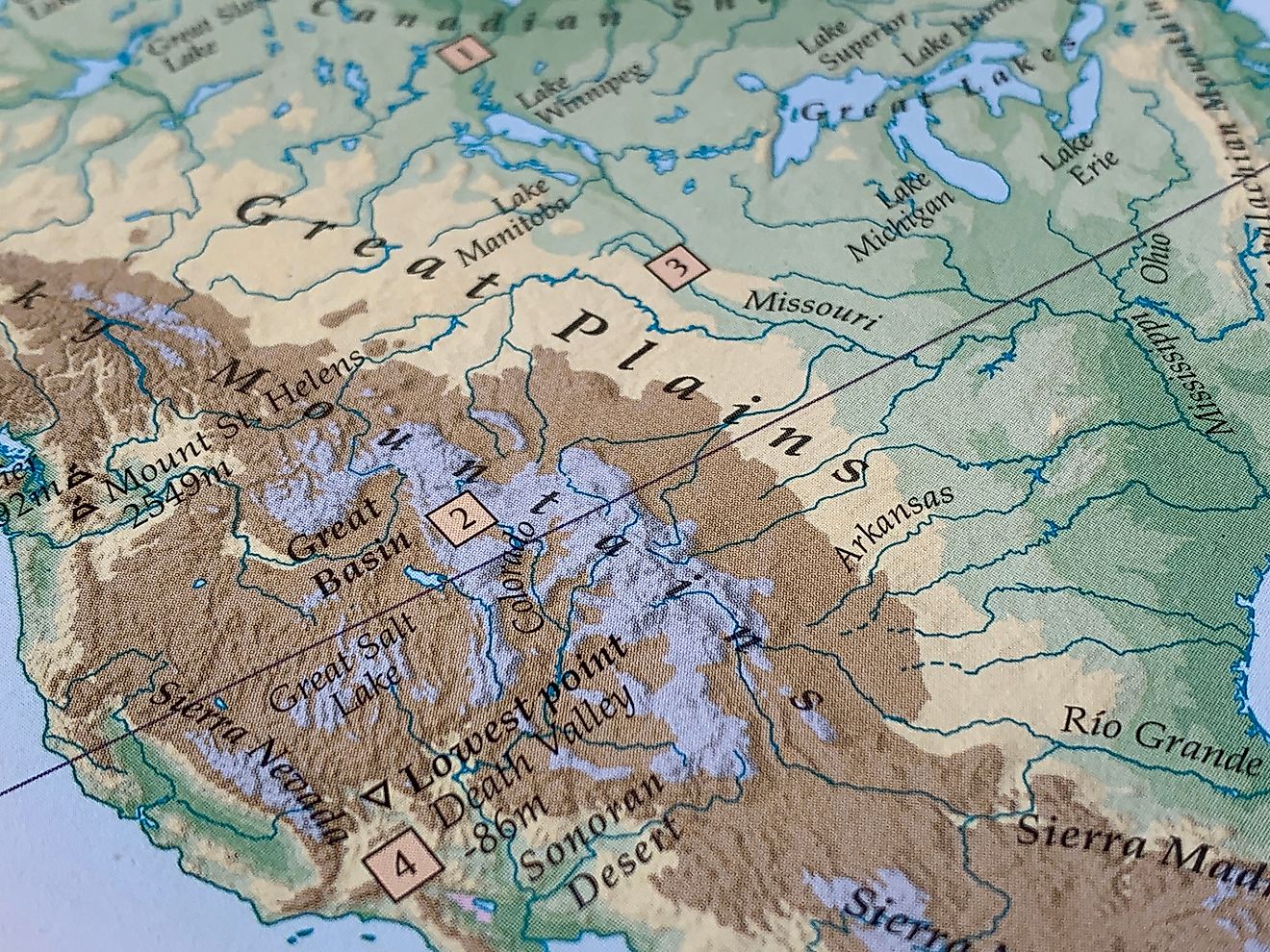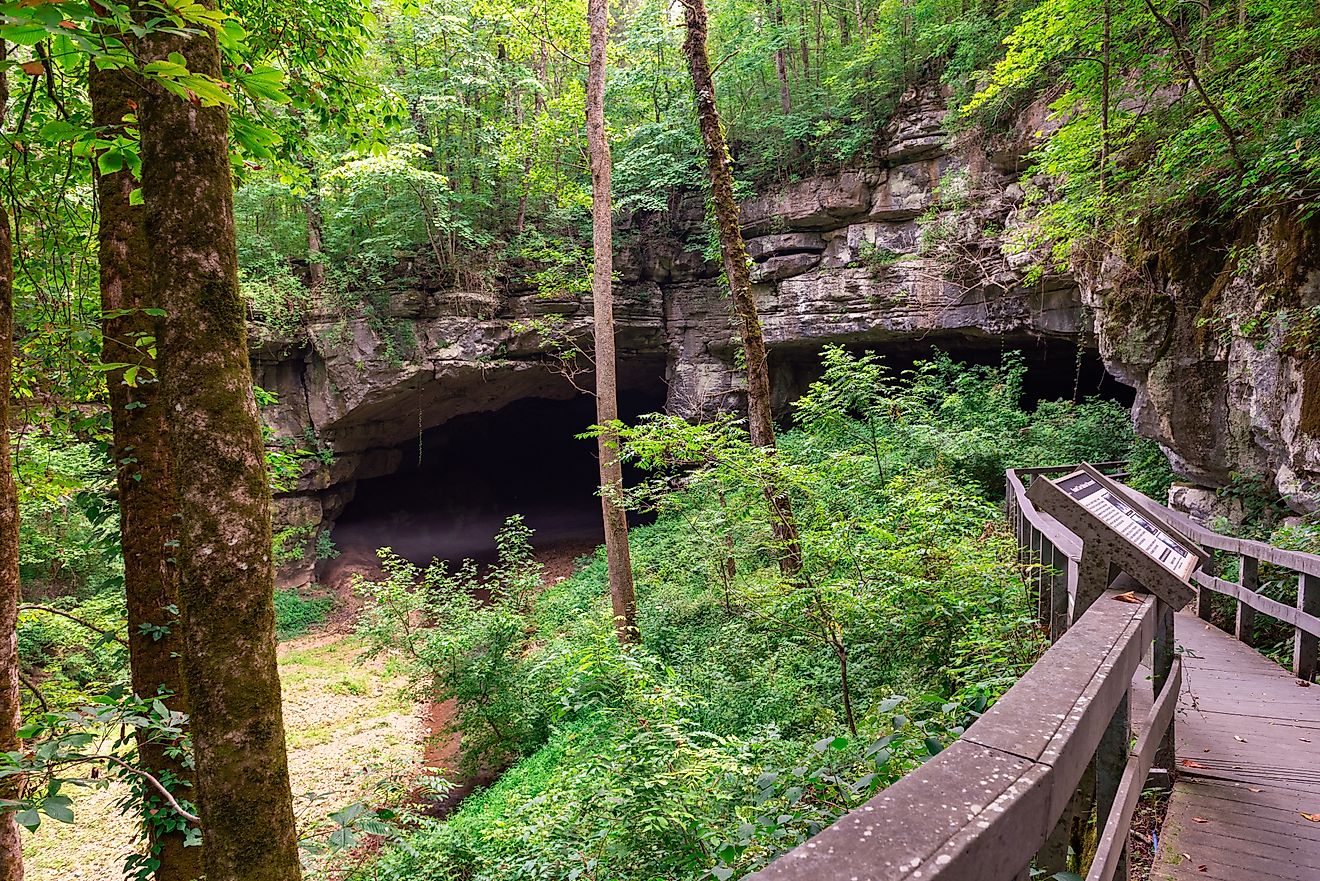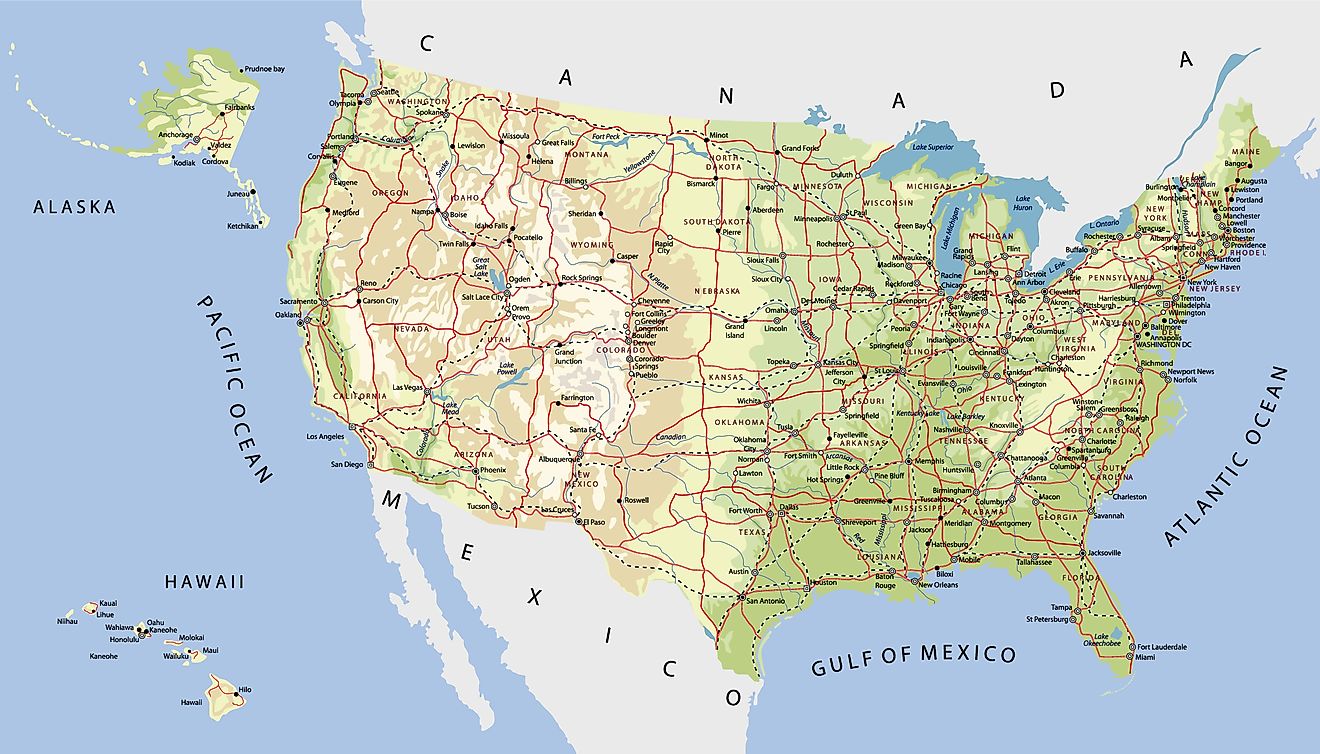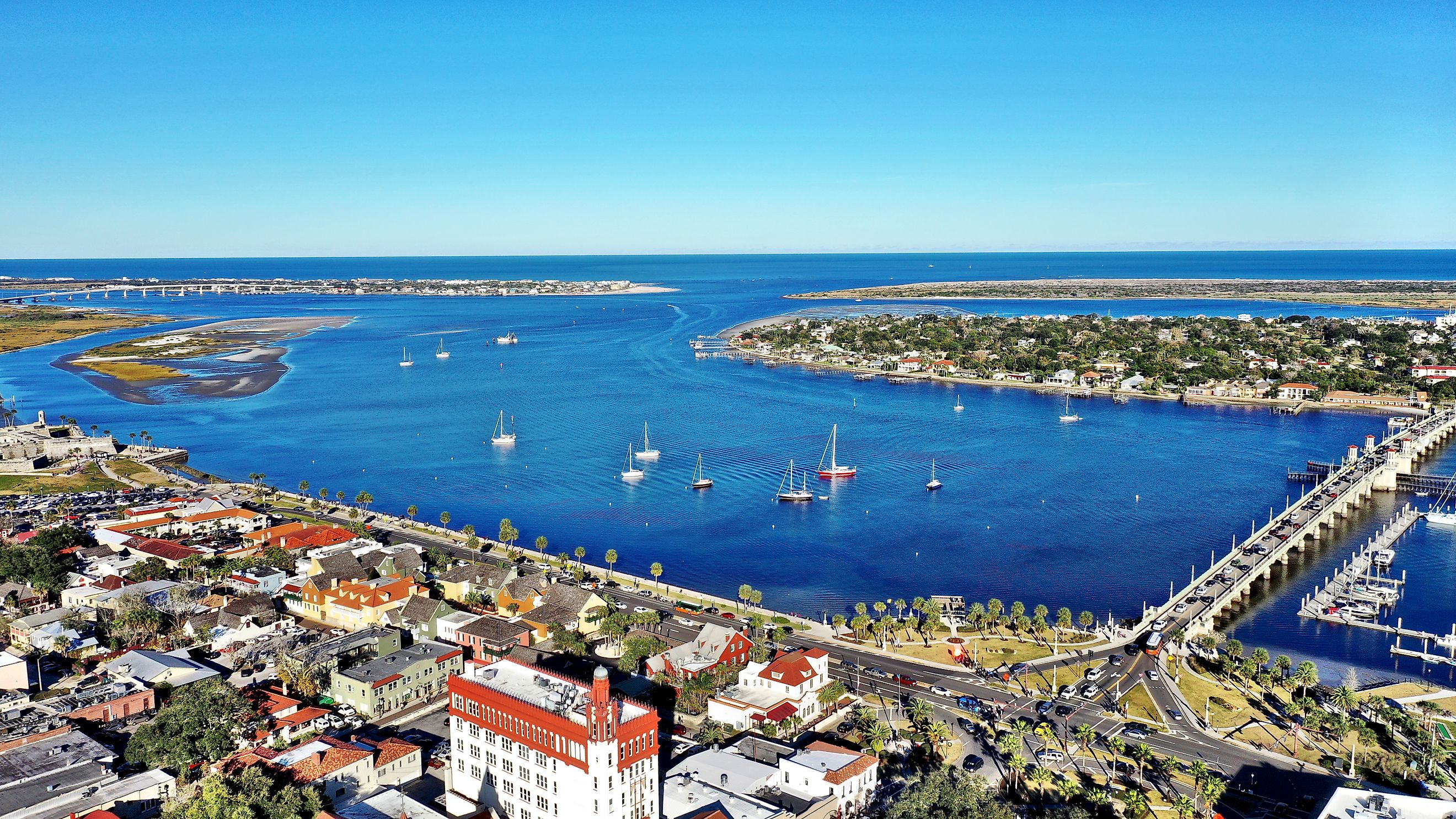
The Oldest Cities in The United States
Long before the United States existed, cities were already thriving across the land. Built by explorers, missionaries, colonists, and settlers, these places formed the earliest chapters of American history. Some were laid out by Spanish conquistadors, others by English Puritans or Dutch merchants. These cities endured the chaos of early survival, the violence of colonial conflict, and the evolution of a new nation around them.
While newer cities symbolize modern America, the country’s oldest cities are living monuments to resilience. They are not ghost towns or archaeological ruins. People still walk their narrow streets, attend churches built centuries ago, and live in homes older than the United States itself.
These cities are some of the oldest in the country, each founded before 1640 and still occupied today. Their historic neighborhoods, cultural traditions, and architectural landmarks are not frozen in time but continue to shape the character of the communities that live there.
St. Augustine, Florida

St Augustine, Florida, USA Downtown Drone Skyline Aerial.
Founded: 1565
St. Augustine is the oldest continuously inhabited city in the continental United States. Spanish admiral Pedro Menéndez de Avilés established it in 1565 as a military outpost and settlement to defend Spain’s claims in the New World.
The city's core feels centuries old for good reason. The Castillo de San Marcos, a coquina stone fortress completed in the 1600s, still watches over Matanzas Bay. The Cathedral Basilica of St. Augustine remains the spiritual heart of a city shaped by Catholicism, colonial struggle, and maritime power.
Despite wars, fires, and piracy, St. Augustine survived every upheaval and remains a vibrant city rich in Spanish architecture, colonial streets, and historic landmarks.
Santa Fe, New Mexico
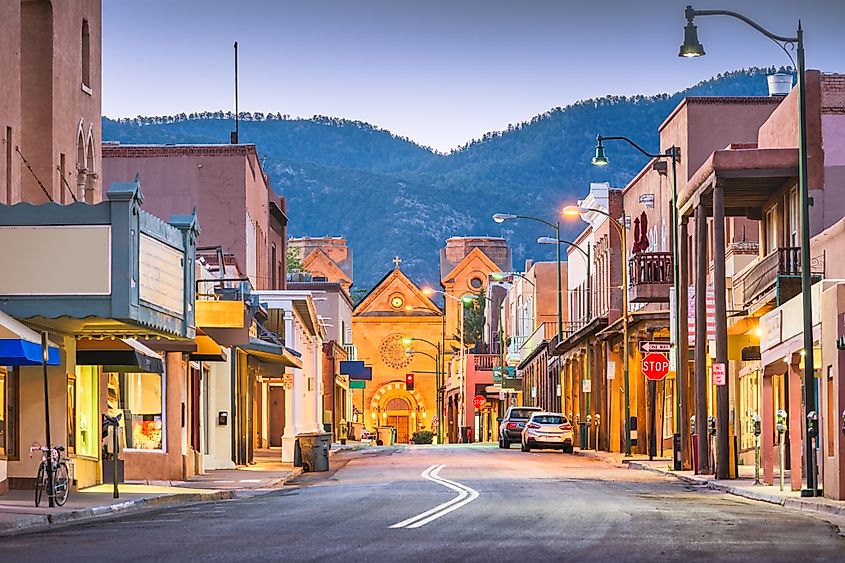
Santa Fe, New Mexico, USA.
Founded: 1607
Tucked into the high desert of northern New Mexico, Santa Fe is the oldest state capital in the United States. Spanish settlers founded it in 1607, and by 1610 it had become the capital of the province of Nuevo México.
Santa Fe’s cultural roots are deeper than its Spanish foundations. The region had been home to Pueblo peoples for centuries, and their influence is still visible in the city’s adobe architecture and spiritual life. The Palace of the Governors, built in 1610, still stands on the plaza and is considered the oldest public building in continuous use in the country.
Santa Fe is more than a historic footnote. It has become an epicenter of Southwestern art, Native traditions, and distinctive architectural style.
Jamestown, Virginia
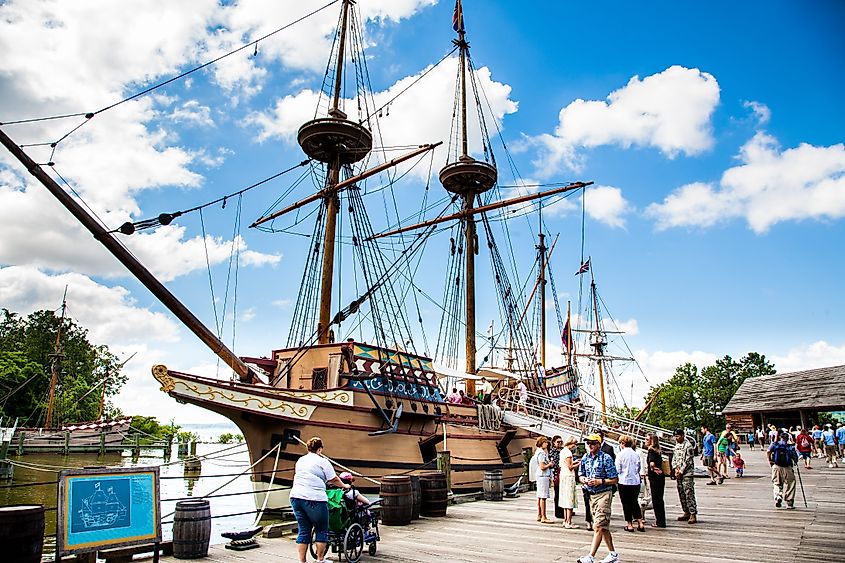
Founded: 1607
Jamestown was the first permanent English settlement in North America. Established in 1607 by the Virginia Company, it represented a bold but perilous effort to colonize the continent.
The settlement endured disease, famine, and conflict with local Powhatan tribes, nearly collapsing multiple times. Although Jamestown itself did not evolve into a major city, its site laid the groundwork for future urban development in Virginia. Nearby Williamsburg eventually inherited its colonial legacy.
Today, Historic Jamestowne and the adjacent Jamestown Settlement preserve the site with reconstructions and archaeological exhibits. It remains a cornerstone of American colonial history.
Hampton, Virginia

Founded: 1610
Hampton was founded in 1610, just a few years after Jamestown. Located at the mouth of the Chesapeake Bay, the settlement grew from a small English outpost called Point Comfort.
Its location made it a key military and maritime site for centuries. During the Civil War, Hampton became a refuge for formerly enslaved people, and Fort Monroe played a central role in this early freedom movement.
Today, Hampton is a modern city with strong roots in both early colonial and African American history. The waterfront, colonial landmarks, and museums like the Hampton History Museum help preserve its multifaceted legacy.
Albany, New York
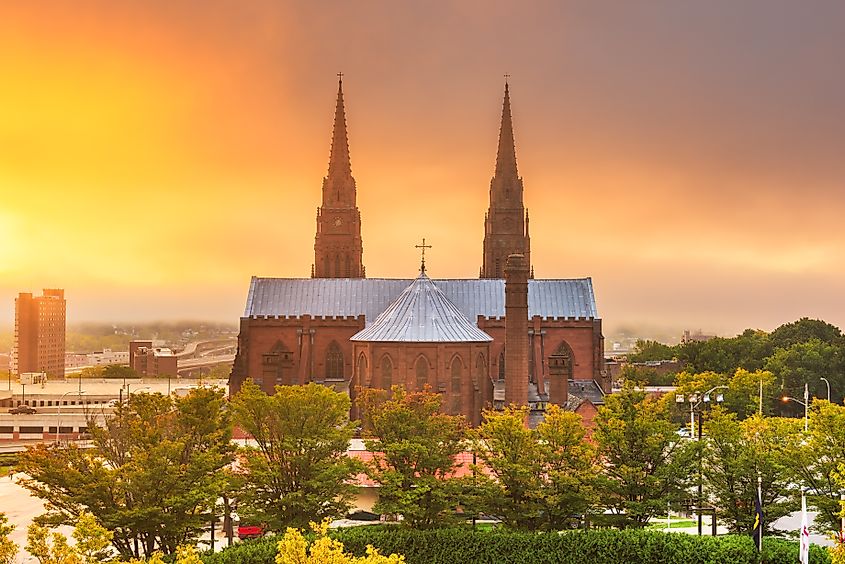
Founded: 1614
Albany began as a Dutch fur trading post named Fort Nassau in 1614. Located at the confluence of the Hudson and Mohawk Rivers, it became Fort Orange a decade later and then Albany after the British seized control in 1664.
As one of the oldest European settlements in the original thirteen colonies, Albany played a critical role in trade, politics, and expansion. It hosted one of the earliest attempts at colonial unity during the Albany Congress of 1754.
Many of its colonial buildings remain intact, including the Schuyler Mansion and Dutch-style churches. Albany’s history still shapes the culture and layout of the modern capital of New York.
Plymouth, Massachusetts

Mayflower II is a reproduction of the 17th century ship Mayflower docked at town of Plymouth, Massachusetts.
Founded: 1620
Plymouth was founded by English Pilgrims in 1620 and is forever linked with the story of the Mayflower and the first Thanksgiving. The settlers came in search of religious freedom and established one of the earliest democratic frameworks through the Mayflower Compact.
Despite extreme hardships in their first winter, Plymouth Colony persisted. It became a blueprint for self-governance and community structure in New England.
Modern-day Plymouth is a destination for historical tourism. Plimoth Patuxet Museums, Plymouth Rock, and burial sites of the original settlers attract visitors seeking to understand the foundations of colonial America.
Dover, New Hampshire
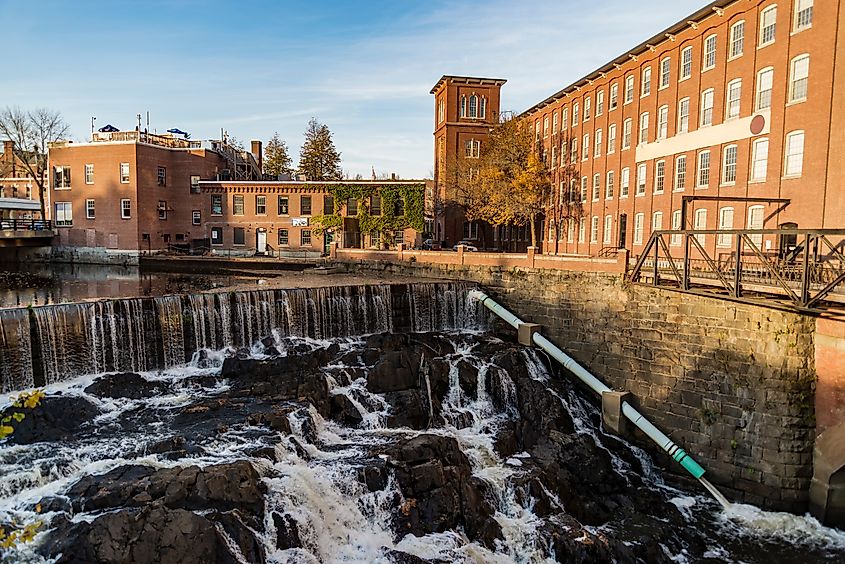
Founded: 1623
Dover is the oldest permanent settlement in New Hampshire and the seventh oldest city in the United States. English settlers founded it in 1623, choosing a location near the Cochecho River for its access to fishing, trade, and timber.
The settlement endured raids during colonial conflicts and slowly grew into a major port and manufacturing center during the 1800s. Dover's early industrialization was powered by the same rivers that helped establish it.
Many of the city’s oldest buildings still stand, especially in the downtown area and the waterfront district. Dover remains a vital part of New England’s colonial story.
New York City, New York
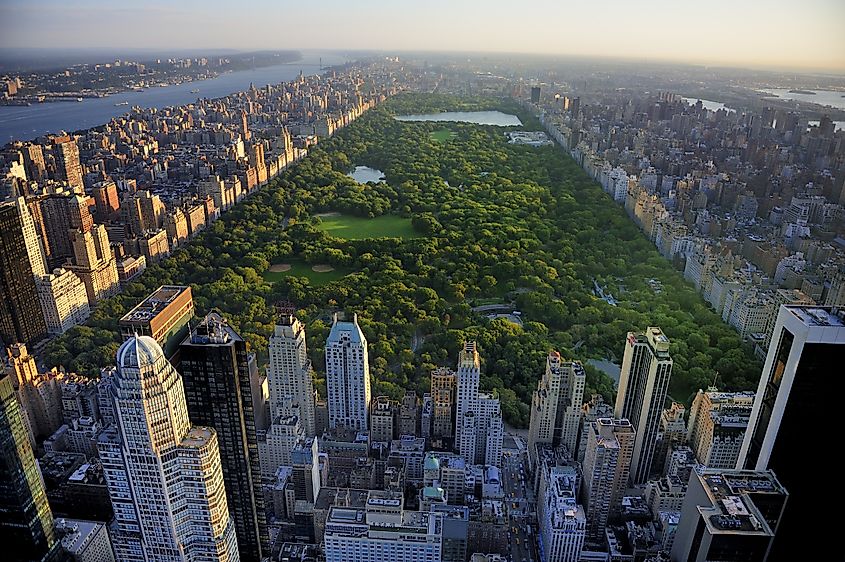
Central Park aerial view, Manhattan, New York. Park is surrounded by skyscrapers.
Founded: 1624
Founded by the Dutch as New Amsterdam in 1624, New York began as a small trading post on the southern tip of Manhattan Island. The city was part of the Dutch colony of New Netherland and focused primarily on the fur trade with local tribes.
In 1664, the British captured the colony and renamed it New York. Even in its earliest days, the settlement attracted a diverse population and quickly evolved into a commercial and cultural hub.
New York retains remnants of its Dutch beginnings, such as street names and historic sites like the Bowery and Wall Street. Over the centuries, it grew into the most influential and largest city in the United States.
Where America's Cities Began
These cities were not just the first places built on American soil, they were the foundations of an emerging culture, government, and society. Each carries centuries of stories within its streets, from European conquest and colonization to revolution, reinvention, and rebirth.
Walking through their historic districts is like stepping into the past, not in silence, but with the hum of life still echoing through every corner. The buildings are lived in. The ports are still active. The culture still evolves. These cities are not relics. They are living links to the beginning of the United States.
The 8 Oldest Cities in the US
| City | Year Founded | Colonial Power | Present-Day State | Notable Landmark | Fun Fact |
|---|---|---|---|---|---|
| St. Augustine | 1565 | Spain | Florida | Castillo de San Marcos | Oldest continuously inhabited city in the continental US |
| Santa Fe | 1607 | Spain | New Mexico | Palace of the Governors | Oldest state capital in the US |
| Jamestown | 1607 | England | Virginia | Jamestown Settlement Museum | First permanent English settlement |
| Hampton | 1610 | England | Virginia | Fort Monroe | Refuge for freed slaves during the Civil War |
| Albany | 1614 | Netherlands/England | New York | Schuyler Mansion | Site of the 1754 Albany Congress |
| Plymouth | 1620 | England | Massachusetts | Plimoth Patuxet Museums | Home of the first Thanksgiving |
| Dover | 1623 | England | New Hampshire | Cochecho River Waterfront | Oldest settlement in New Hampshire |
| New York City | 1624 | Netherlands/England | New York | Fraunces Tavern, Bowling Green Park | Originally named New Amsterdam by Dutch settlers |
